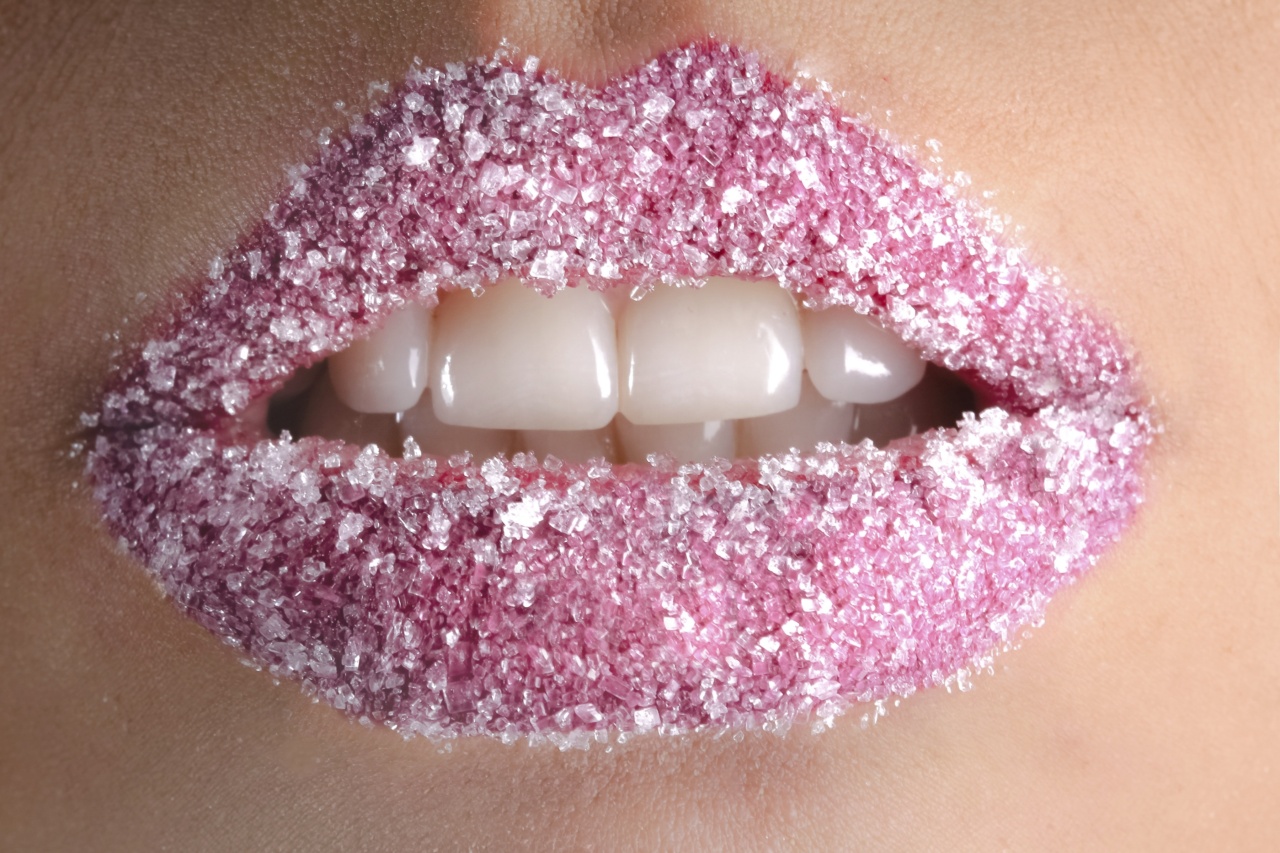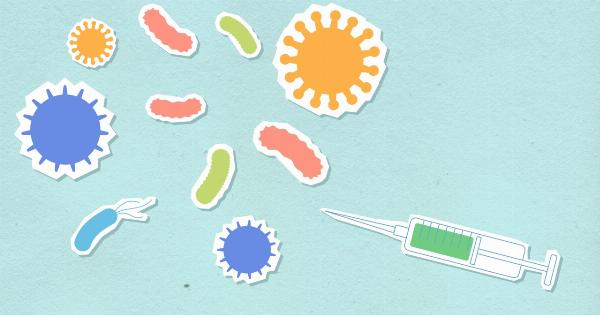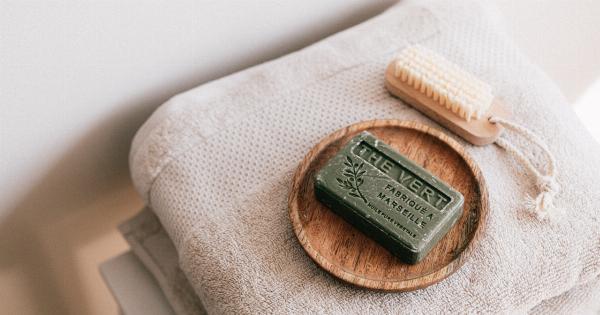With the recent outbreak of various diseases, there have been growing concerns for personal hygiene. Wearing face masks and carrying hand sanitizers have become a normal routine.
However, have you ever thought about the bacteria present on your makeup products? As much as we apply various cosmetic products on our face, we never realize the germs that come along with it.
But what if your lipstick had antimicrobial properties that could kill pathogens present on your lips?.
What is antimicrobial lipstick?
Antimicrobial lipstick is a cosmetic product that helps prevent the growth of bacteria, viruses, and fungi on your lips. It contains active ingredients that have the ability to inhibit microbial growth.
These lipsticks are designed to be long-lasting, transfer-resistant, and moisturizing while also keeping your lips safe from germs.
How does it work?
The active ingredients in antimicrobial lipsticks are carefully chosen to target different types of microorganisms.
Some of the common ingredients present in antimicrobial lipsticks are:.
- Zinc oxide
- Silver-based compounds
- Copper peptides
- Peptides
These active ingredients have the ability to penetrate the cell membrane of microorganisms and destroy them.
The antimicrobial properties of these lipsticks have been tested and found to be effective against a wide range of microorganisms, including Candida albicans, Escherichia coli, and Staphylococcus aureus.
Benefits of antimicrobial lipstick
There are various benefits of using antimicrobial lipstick:.
- Prevents the growth of microorganisms on your lips
- Reduces the risk of infections
- Prolongs the shelf life of the lipstick
- Keeps your lips moisturized
- Transfer-resistant, ensuring the lipstick stays on for a longer period
How to choose the right antimicrobial lipstick?
When choosing an antimicrobial lipstick, it is important to consider the following factors:.
- Active ingredients: Look for lipsticks that contain active ingredients that are effective against a wide range of microorganisms.
- Long-lasting: Choose a lipstick that is transfer-resistant and long-lasting so that it stays on for a longer period.
- Moisturizing: Look for lipsticks that are moisturizing and do not dry out your lips.
- Brand reputation: Choose a brand that has a good reputation for producing high-quality antimicrobial lipsticks.
Conclusion
Antimicrobial lipsticks are an outstanding innovation in the cosmetic industry. These lipsticks have the ability to kill microorganisms present on your lips, reducing the risk of infections.
When choosing an antimicrobial lipstick, consider the active ingredients, longevity, and moisturizing properties.
Take control of your hygiene and try out an antimicrobial lipstick today!.





























